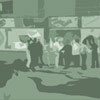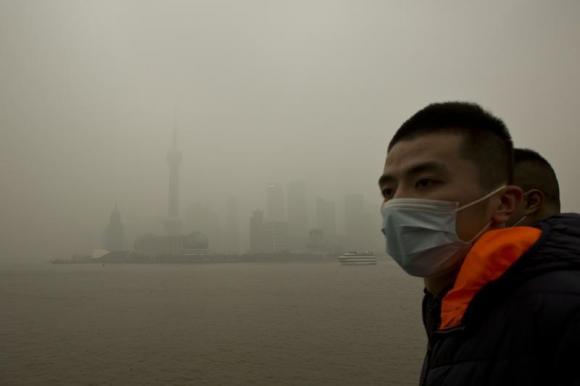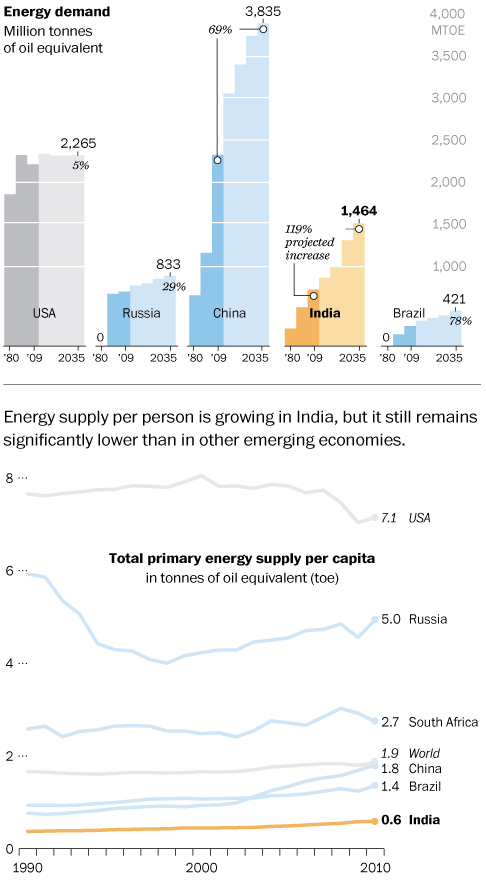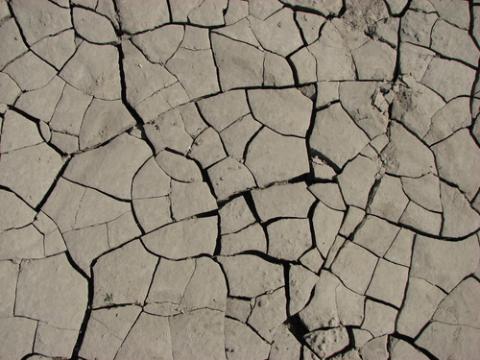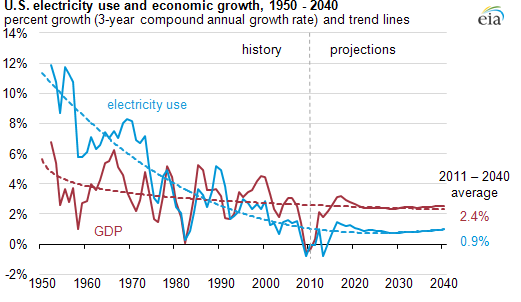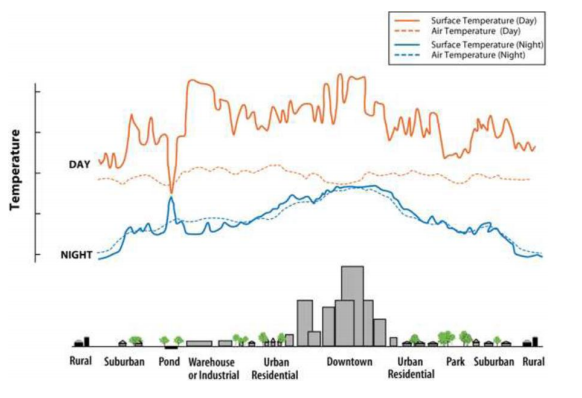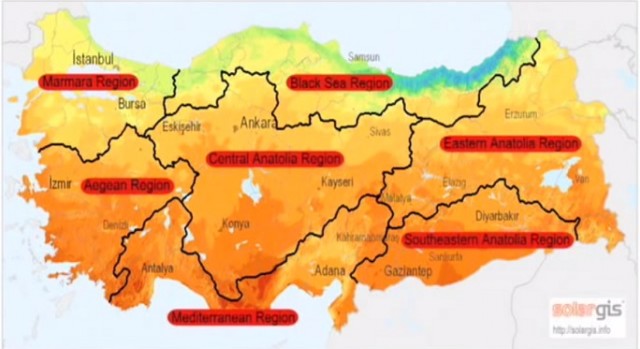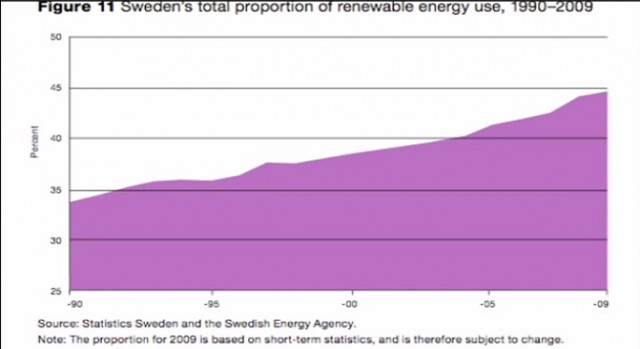National
Submitted by sindhu on
NREL/DOE Launch New Alternative Transportation Web Tools
Submitted by sindhu on
India’s energy demand projected to surge
Submitted by sindhu on
Renewables-based Desalination: A Solution to MENA's Water Crisis
Submitted by Raija Engblom on
Electricity use and GDP projection
Submitted by eortiz5000 on
The urban island effect
Submitted by eortiz5000 on
Christopher Kick - Renewable Energy in Turkey.
Submitted by glenshewchuck on
Women in India, other developing countries lag in Internet use - Intel report
Submitted by omid on
Hobbled on Energy, India Ponders a Multitude of Dams
Submitted by omid on
Can Sweden be powered by 100% renewable energy by 2020?
Submitted by luisj12 on

